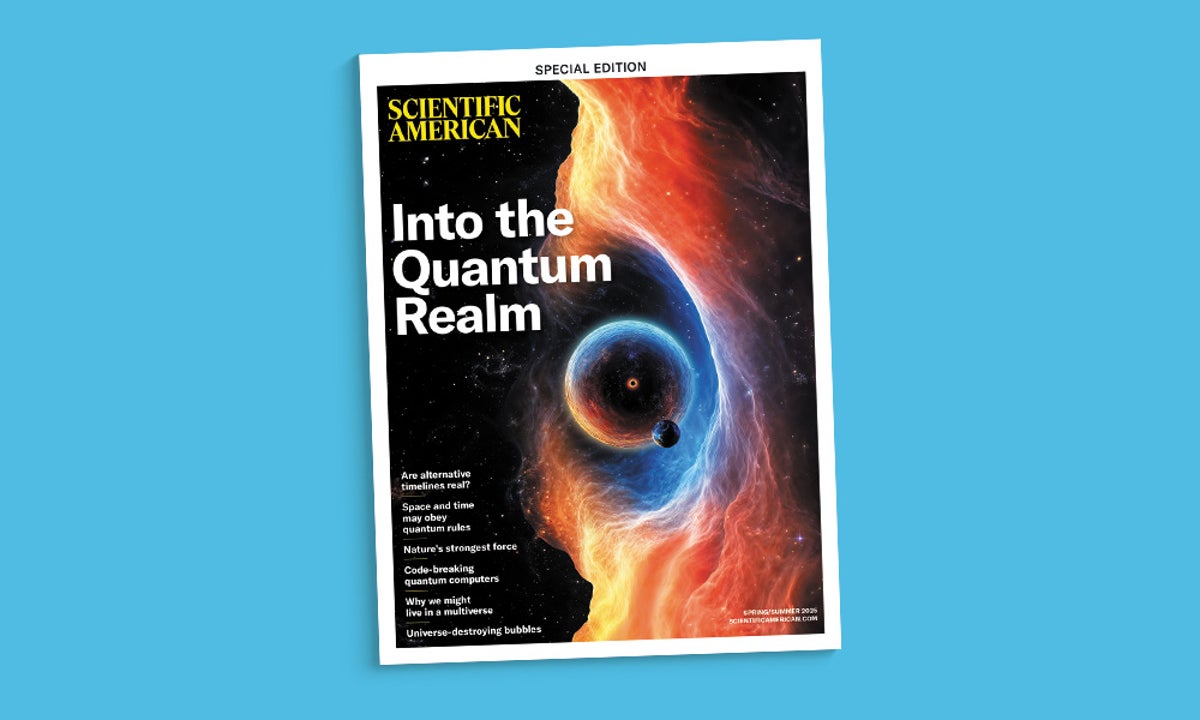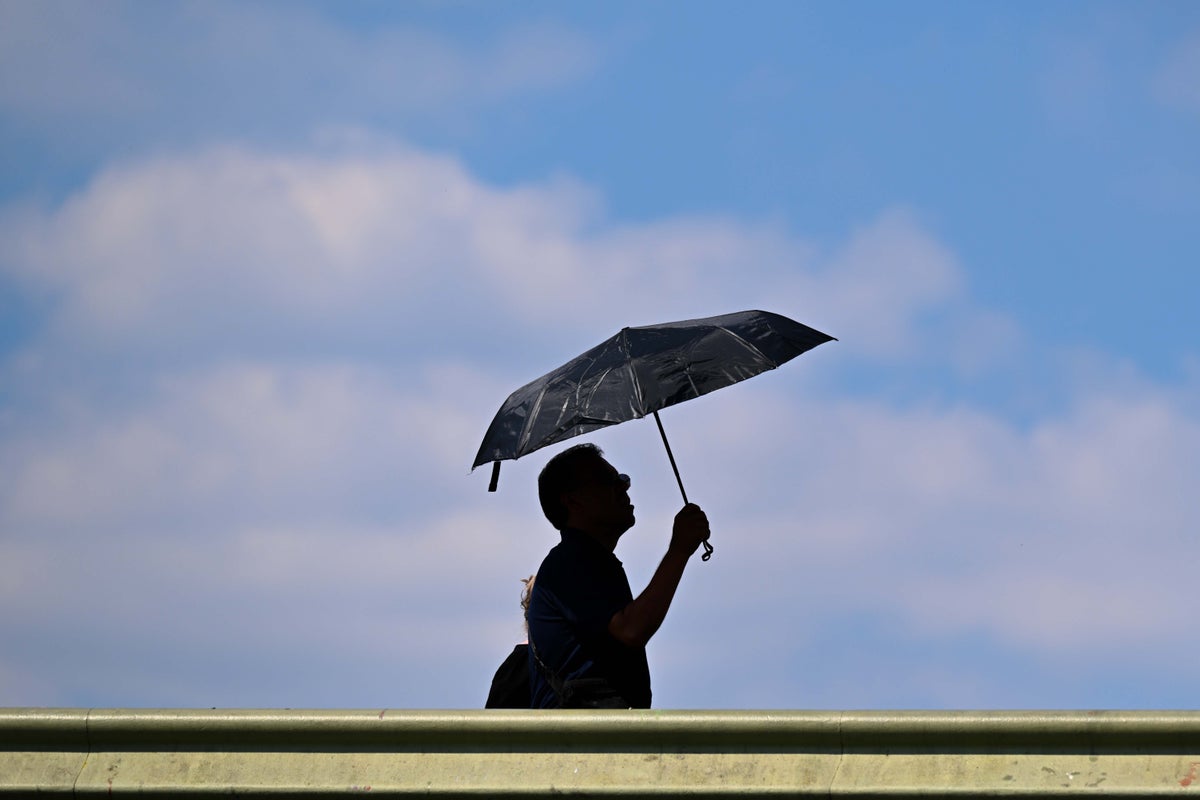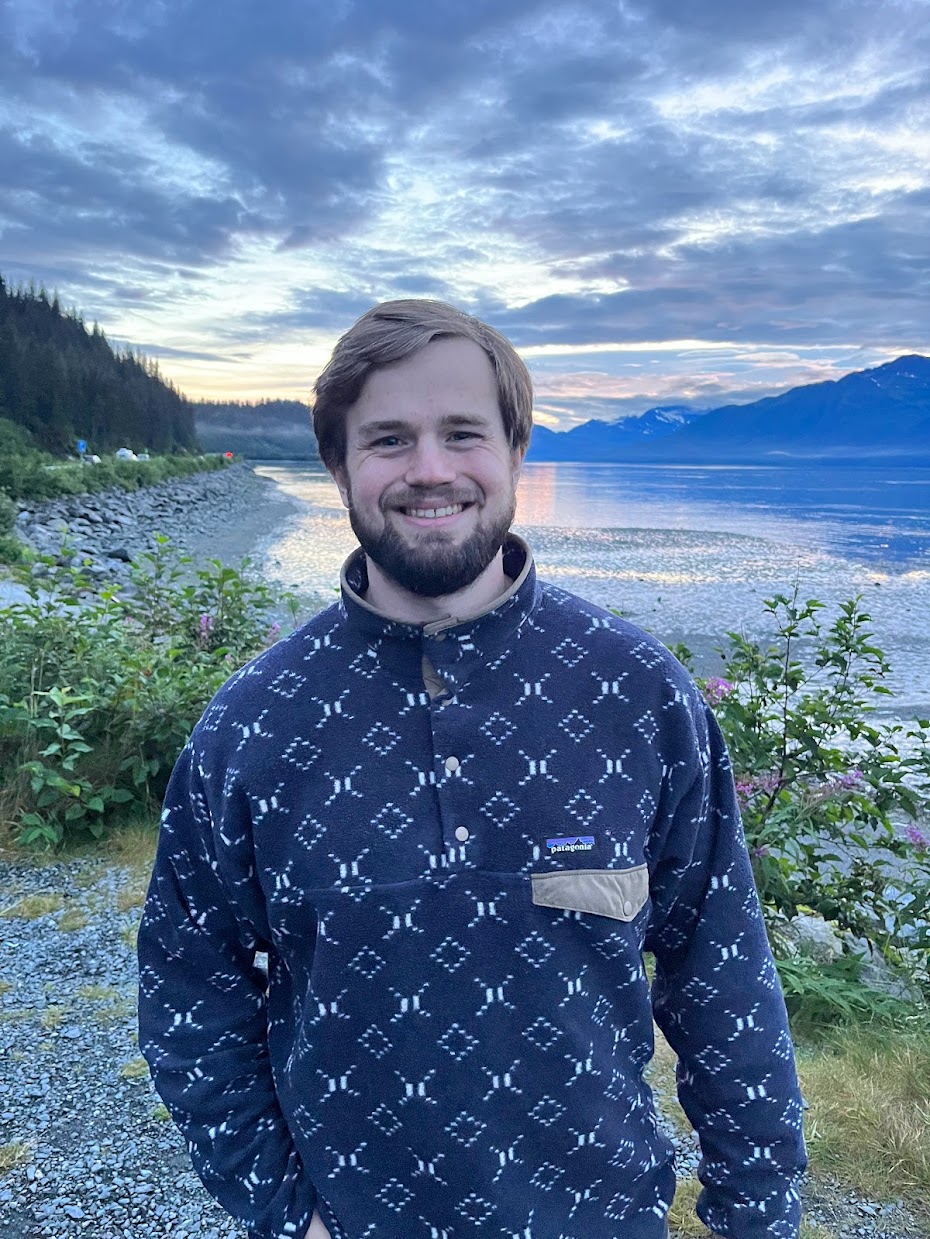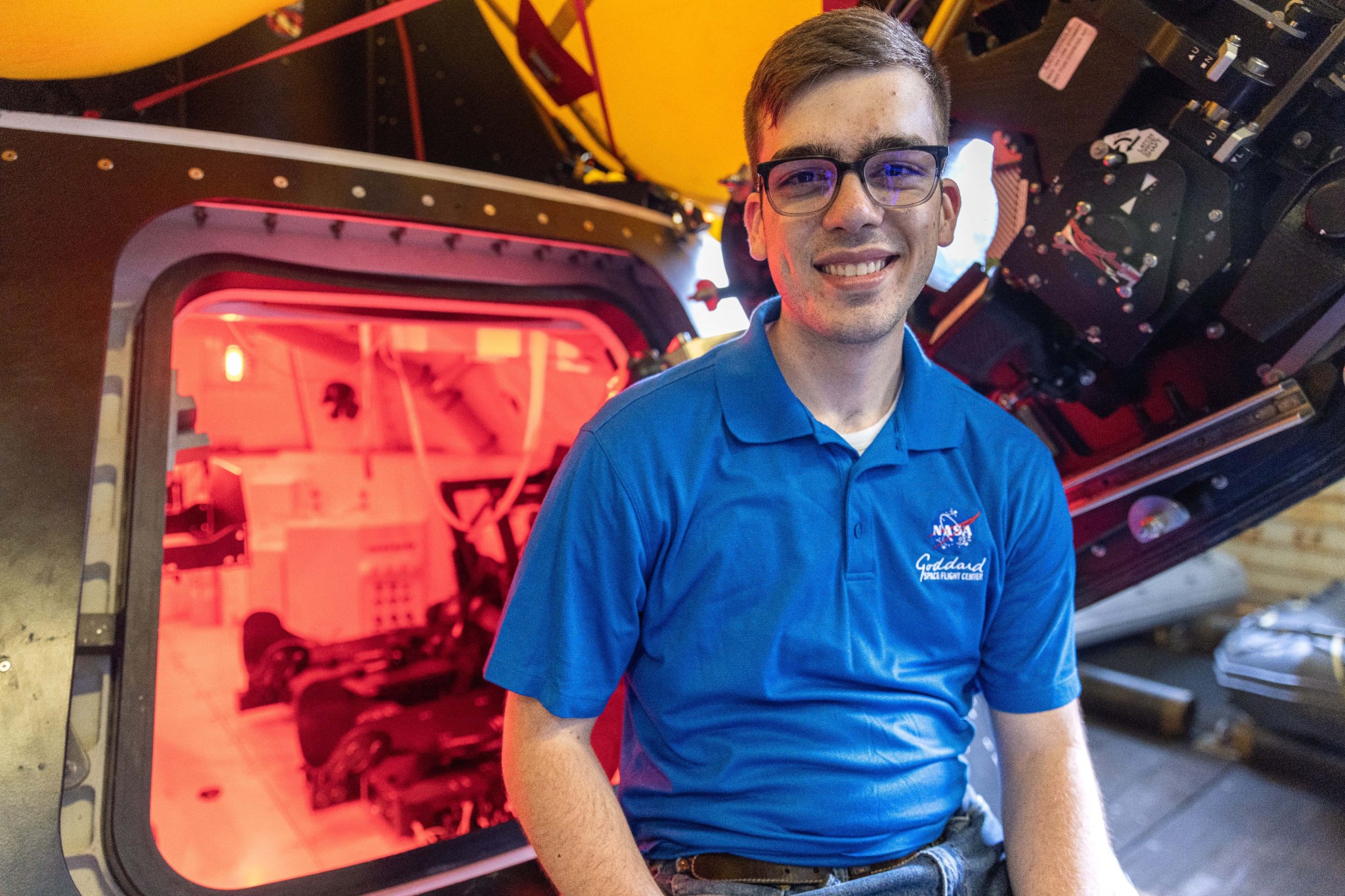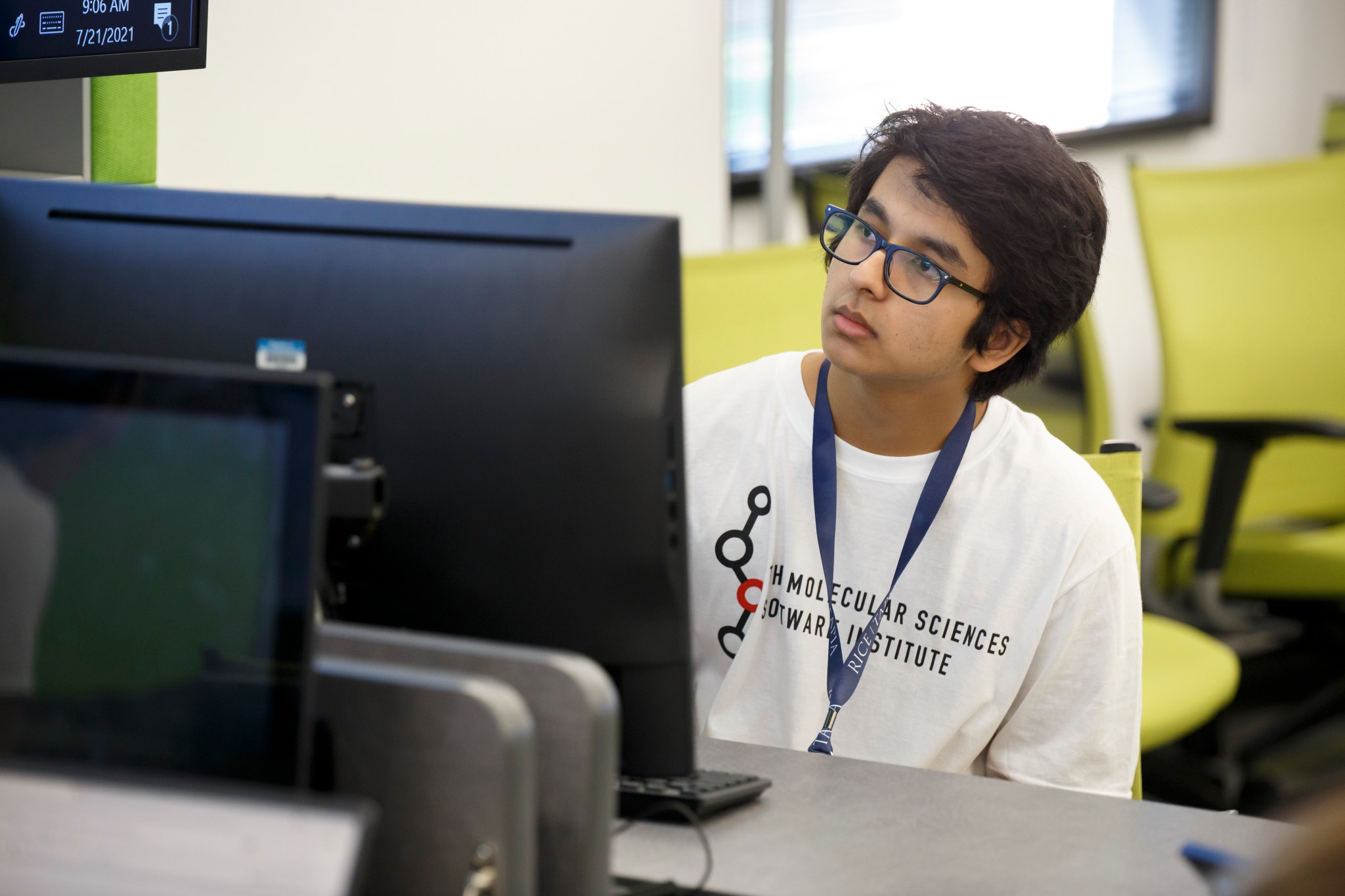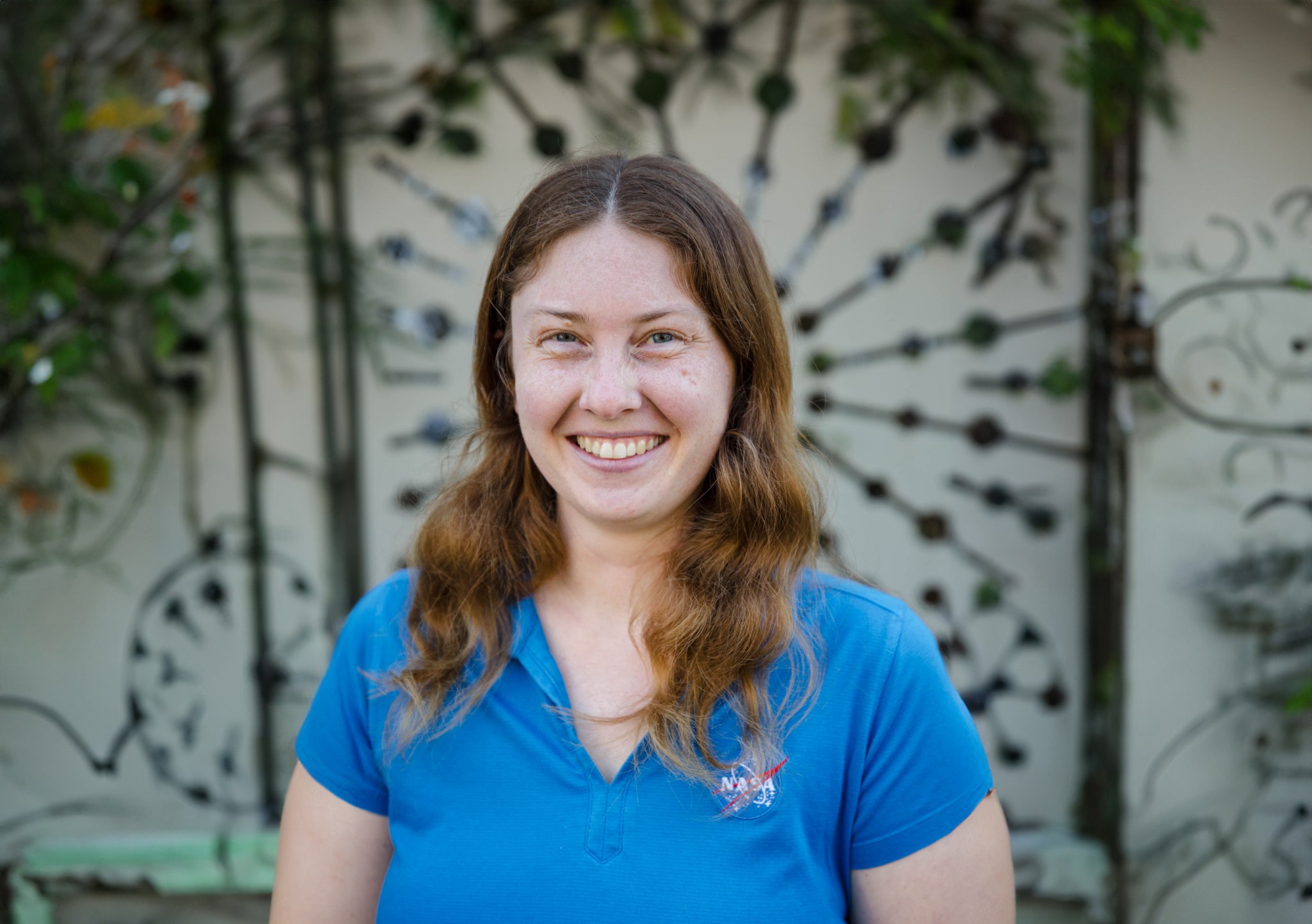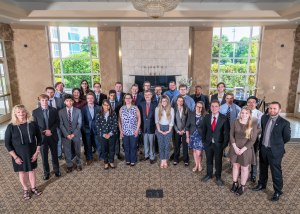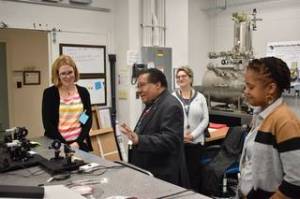Former Space Communications, Navigation Interns Pioneer NASA’s Future
For over a decade, NASA’s SCaN (Space Communications and Navigation) Internship Project alumni have played important roles in extending the agency’s long-term vision for exploration. For National Intern Day on Thursday, July 25, previous program interns reflect on their journeys to and through NASA and offer advice for current and future interns. Every summer interns […]

Former Space Communications, Navigation Interns Pioneer NASA’s Future
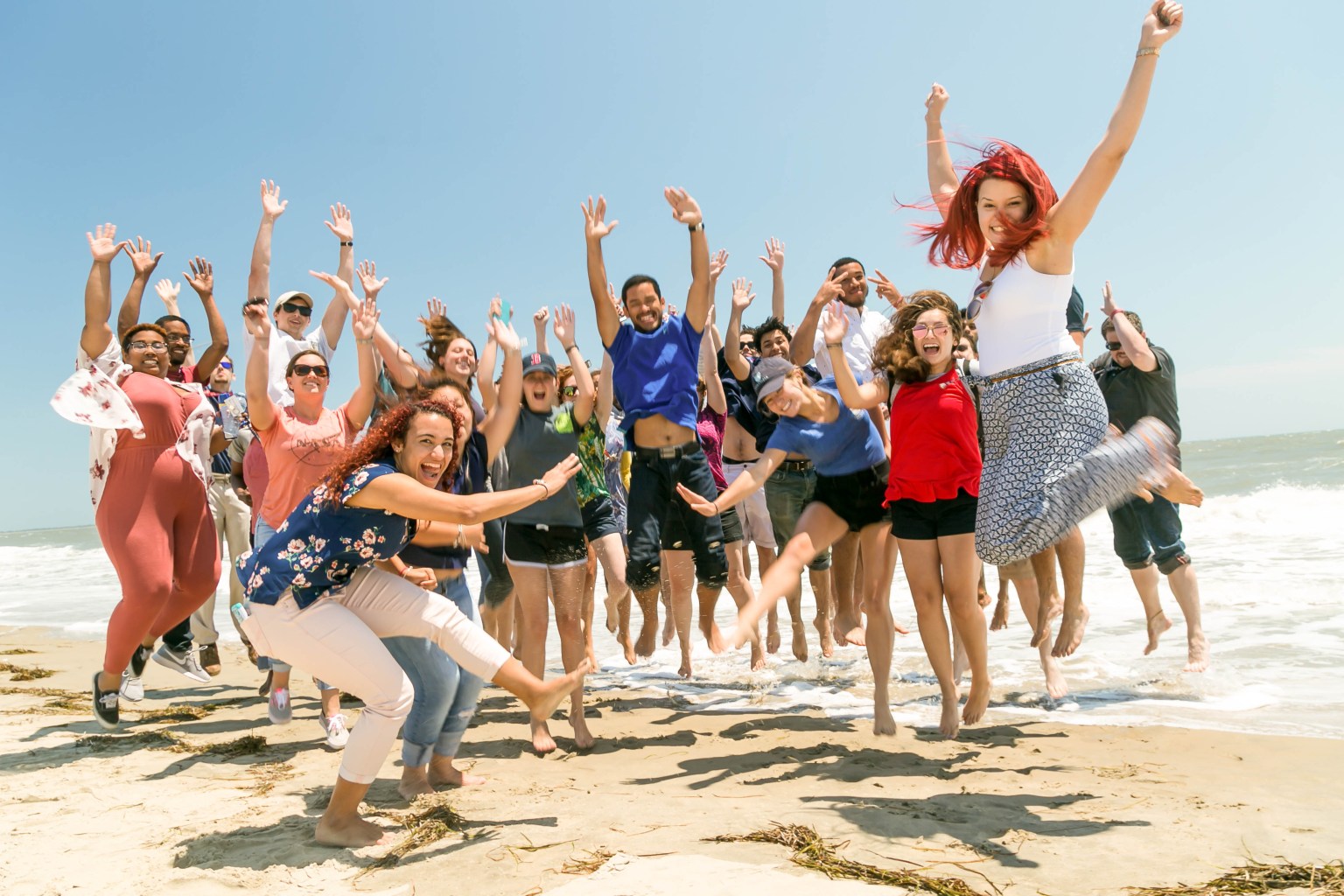
For over a decade, NASA’s SCaN (Space Communications and Navigation) Internship Project alumni have played important roles in extending the agency’s long-term vision for exploration. For National Intern Day on Thursday, July 25, previous program interns reflect on their journeys to and through NASA and offer advice for current and future interns.
Every summer interns join NASA’s SIP (SCaN Internship Project) program to advance the capabilities of the agency’s Deep and Near Space Networks that enable missions to communicate and navigate.
The SIP intern program develops the future workforce that will imagine, maintain, and operate the next generation of communications and navigation systems. In addition to interns’ main projects, which can range from network engineering and orbital mathematics to mission awareness campaigns and graphic design, SIP interns participate in programming that enhances their professional development and networking skills.
Justin Long
Justin Long was a SIP intern in 2017 while earning his degree in electrical engineering.
Before he applied for an internship, Long was set on working in space communications at NASA and looked out for opportunities to deepen his aerospace experience. Long attributes his work at the University of Alaska Fairbanks’ CubeSat lab for his acceptance into the intern program, as well as his university’s unique partnership with NASA.
“On my morning walks, I would pass by several of the Near Space Network ground stations operated by the Alaska Satellite Facility at the University of Alaska Fairbanks,” Long said. “At the time I was working on a ground station for our CubeSat program, so I went to intern.nasa.gov and searched anything space communications-related.”
Long was selected for a project at NASA’s Wallops Flight Facility in Virginia focused on ground station improvements to the agency’s Near Space Network. In addition to looking at hardware upgrades for NASA-owned ground stations, Long also explored opportunities to expand the network by integrating commercial and university assets.
Now, Long works as a telecommunications engineer at NASA Goddard, designing antennas and communication systems for spacecraft. His experience with ground stations at NASA Wallops influences his work on spacecraft today.
“Working on communications systems means figuring out what the end-to-end system for a spacecraft looks like, from the radio to the antenna,” Long said. “The internship prepared me to answer questions about how we’re transmitting the data, how fast we can transmit it, and how much data we can receive in one day.”
The major difference between his current role and his intern project is that the hardware he is developing will fly on a spacecraft rather than remain on Earth as part of a ground station antenna. Long will also test his hardware to ensure it functions as expected in orbit. The reward for this rigorous testing is the knowledge that the communications hardware he designed is a critical part of ensuring the spacecraft’s successful operation.
“There is nothing more exciting than working hands-on with a spacecraft,” Long said. “Getting to see the hardware integrated onto the spacecraft — watching the whole thing come together — is my favorite part of the job.”
While Long’s internship allowed him to come into his current position with a broader knowledge base than other engineers at his level of experience, he stresses that the networking opportunities he had with SIP were more important than the intern project itself.
“Even if you have an internship that’s not directly in your field of expertise, the opportunity to network with NASA professionals and meet different groups can have impact on your career,” Long said. “I’m still in contact with people I met as an intern.”
Thomas Montano
Thomas Montano was completing his bachelor’s degree in electrical engineering during his SIP internships in 2019 and 2020. In his current role as an electrical engineer in NASA’s Search and Rescue office at Goddard, Montano supports human spaceflight recovery efforts as well as the development of a lunar search and rescue system.
Montano was initially interested in digital signal processing and communication systems, so he decided to apply for a SCaN internship.
“It wasn’t really a contest between NASA and other internship programs,” Montano said. “I got to work on cool projects. I got to work with cool people. Goddard is just a place that makes you want to do better and learn things.”
Montano’s first internship was rewriting a software tool for running link budgets, a log of signal gains and losses in a radio communications system. In his second internship, Montano developed a virtual model of the physical transmission environment for lunar communications systems that could combine with the link budget tool to create an end-to-end communication channel simulation.
Both tools continue to be used at the agency today, though Montano’s current position has shifted his focus to the special realities of human spaceflight. Now, Montano is helping NASA test location beacons for the Artemis II astronauts. He describes meeting the Artemis crew while practicing capsule recovery on a U.S. Navy ship as an exciting and sobering reminder of the importance of his work.
“Nothing can top putting boots on the ground,” Montano said. “Meeting the crew made the work all the more real. My work isn’t hypothetical or theoretical. These are real people going to the Moon. My system cannot fail. The search and rescue system cannot go down. Failure really is not an option.”
Nothing can top putting boots on the ground. Meeting the Artemis crew mad the work all the more real.

THomas Montano
Electrical Engineer at NASA's Goddard Space Flight Center
Montano advises new interns to explore the center, ask questions, and learn how the agency works. He encourages anyone considering an internship to apply.
“The biggest reason that people don’t get NASA internships is because they don’t apply,” he said. “They count themselves out, and that’s nonsense. If you have good qualifications, go submit your résumé.”
Katrina Lee
Before becoming the engagement coordinator for NASA’s Commercialization, Innovation, and Synergies (CIS) office at Goddard, Katrina Lee was a communications intern with SIP.
For her project, Lee wrote promotional materials highlighting NASA’s then-upcoming LCRD (Laser Communications Relay Demonstration), which launched Dec. 7, 2021. The role required her to research the science behind laser communications and understand the role the technology is playing in advancing communications at NASA. The following summer, Lee applied her experience to writing and producing promotional materials for Integrated LCRD Low Earth Orbit User Modem and Amplifier Terminal (ILLUMA-T) — LCRD’s first in-space user.
When Lee first joined the program in 2021, she was planning to work in national security. Her internship experience shifted her attention to pursuing a degree in marketing and business. She also joined her student newspaper as a contributing writer.
“The project I was covering resonated with me. I learned that I was really interested in writing and communications,” said Lee. “I homed in on my interest in public-facing opportunities to share very technical information in a digestible way.”
In her current role, Lee applies the skills she developed as an intern to promote the Near Space Network’s commercialization opportunities. In addition to writing promotional and informational material, Lee manages event logistics, plans and guides center tours for the public and potential partners, attends conferences, and generates ideas for promoting the CIS office.
Lee’s work gives her special insight into the continuing development of the Near Space Network.
“I get to see the future of space exploration in real time,” Lee said. “There’s a greater emphasis on collaboration than we’ve seen in the past, and that collaboration is going to help space communications capabilities go further than ever before.”
When Lee reflects on what aspects of her internship were most important, she returns to the value of her work and her mentor-mentee relationship.
“I felt challenged here,” Lee said. “It was an opportunity to build confidence and learn from your mistakes beside someone who wants you to succeed. It really helped me grow as a professional.”
Lee advises new interns and students considering an internship to remember that mistakes are a valuable part of the experience. “No one at NASA expects you to know everything right away,” Lee said. “They recognize that you’re an intern and you are here to learn. This is a place where you can learn something new every day.”
Unsh Rawal
Unsh Rawal joined SIP in 2022 as a rising high school senior. He came to the program with a passion for robotics and a desire to expand his interests and try new things.
Rawal’s project contributed to the development of an interface that allows students to control robots over local and remote wireless connections. The interface is part of an educational activity for Amateur Radio on the International Space Station (ARISS) exploring telerobotics, or the distant remote control of a robot.
Rawal continued to develop his project with ARISS beyond his internship. He spent the past winter porting the activity’s code to a Raspberry Pi, a palm-sized minicomputer, while broadening its functionality. His work is key to ARISS’s efforts to distribute accessible, interactive educational tools.
Rawal hopes to return to the intern program to continue his NASA project alongside his educational pursuits. While Rawal came to the intern program planning to pursue a degree in robotics, his project ignited his passion for a new field. “I learned a lot about networking, gained UI and API experience, learned about sockets,” he said. “I learned I really enjoy computer science.”
When asked to share his advice with interns new to the program, Rawal recommends scheduling regular meetings with your project mentor.
“Having consistent meetings with the people supervising the project helps you stay on track and better understand the project requirements,” Rawal said. “They’re an opportunity to learn new things from someone willing to give you one-on-one guidance.”
Lindsay White
Lindsay White was a SIP intern in 2018 and 2019 before joining NASA’s Pathways program in 2020. She completed her internship while earning her master’s degree in electrical engineering, specifically applied electromagnetics.
During her SIP internship, White programmed software-defined radios, a communication system where computer software is used to replace physical radio hardware like modulators and amplifiers, to create test benches for the development of novel signals. That internship evolved into learning more about Field Programmable Gate Arrays (FPGAs) in her second summer, a customizable hardware that can be reconfigured into different digital circuits. White then applied her FPGA knowledge to laser communications missions.
White’s first summer in the internship program confirmed that she wanted to work for NASA. “The environment is so welcoming and supportive,” she said. “People want to answer your questions and help you. I enjoyed the work I was doing and learned a ton.”
White sees a direct relationship between the work she completed as an intern and her current role as a signal analysis engineer at NASA’s Jet Propulsion Laboratory in Southern California. “The work I do now is an evolution of all the work I did as an intern. I’m applying the skills I gained by working in laser communications to my current work in radio communications.”
White works on the digital signal processing inside the Mars Sample Return mission’s radio, as well as a research and development project called Universal Space Transponder Lite, a flexible, modular radio with a broad series of potential applications. Sometimes even she is surprised by the importance of her role to NASA’s commitment to space exploration.
“The impact is astonishing,” White said. “My work is essential to a Mars mission. Something I’m touching is going to end up on Mars.”
The impact is astonishing. My work is essential to a Mars mission. Something I'm touching is going to end up on Mars.

Lindsay White
Signal Analysis Engineer at NASA's Jet Propulsion Laboratory
White advises incoming interns to use their time in the program to develop their understanding of the agency’s personnel and projects. “SIP provides an opportunity to talk with people you otherwise wouldn’t meet,” said White. “Learning the different things NASA is working on can be even more important than hitting stretch goals on your technical project.”
White’s advice for students considering a SIP internship is straightforward: “Do it! Even if you don’t have a technical background, there’s a spot for you at NASA.”
By Korine Powers
NASA’s Goddard Space Flight Center, Greenbelt, Md.
Share
Details
Related Terms
What's Your Reaction?



















